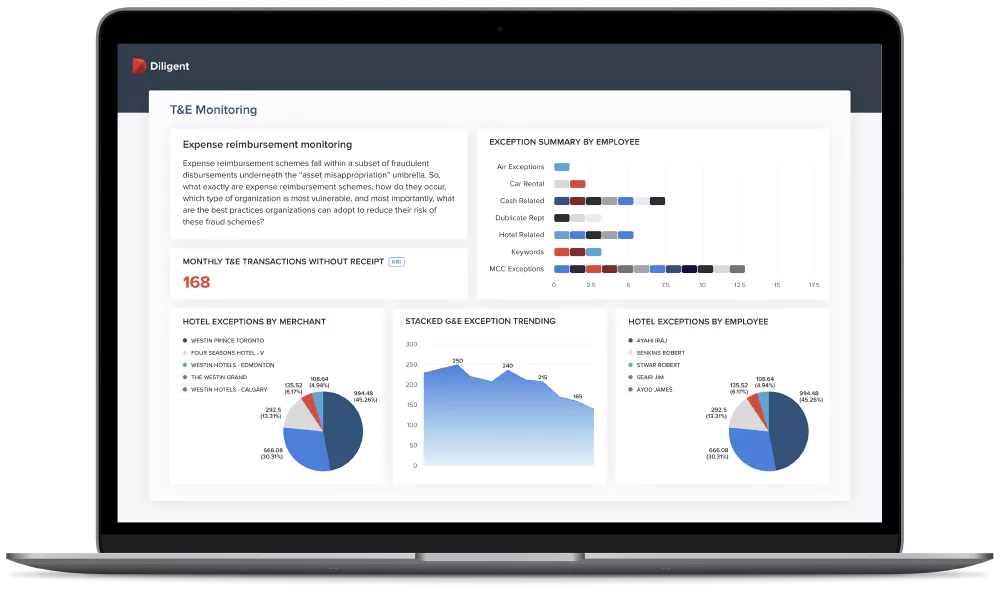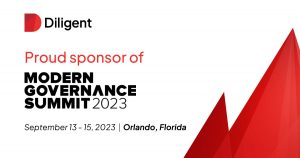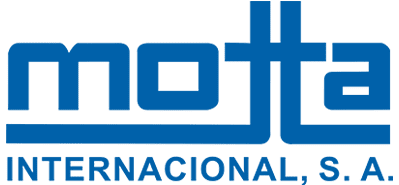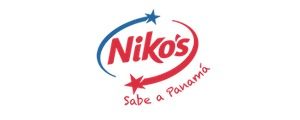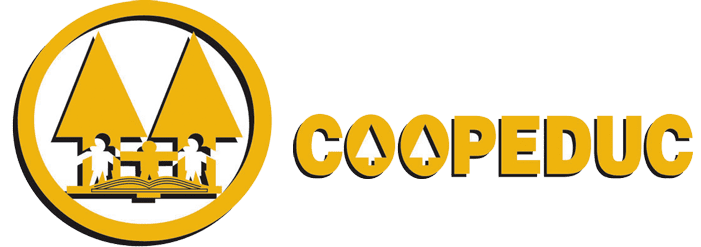Risk Management supports the organization to deliver an integrated enterprise risk insurance program with a consistent and standardized approach. The solution aggregates operational risk and control information with a bottom-up approach to the business and contextualizes it based on strategic objectives.
Menú
Cerrar
Menu
Panamá
Panamá
CARICOM
English
-
CARICOMCARICOM
Antigua and Barbuda, The Bahamas, Barbados, Belize, Dominica, Grenada, Guyana, Haiti, Jamaica, Montserrat, Saint Lucia, St. Kitts and Nevis, St. Vincent and the Grenadines, Suriname, Trinidad and Tobago, Anguilla, Bermuda, US Virgin Island, British Virgin Islands, Cayman Islands, Turks and Caicos Islands
Antigua and Barbuda, The Bahamas, Barbados, Belize, Dominica, Grenada, Guyana, Haiti, Jamaica, Montserrat, Saint Lucia, St. Kitts and Nevis, St. Vincent and the Grenadines, Suriname, Trinidad and Tobago, Anguilla, Bermuda, US Virgin Island, British Virgin Islands, Cayman Islands, Turks and Caicos Islands
-
Panamá
CARICOM
English
-
CARICOMCARICOM
Antigua and Barbuda, The Bahamas, Barbados, Belize, Dominica, Grenada, Guyana, Haiti, Jamaica, Montserrat, Saint Lucia, St. Kitts and Nevis, St. Vincent and the Grenadines, Suriname, Trinidad and Tobago, Anguilla, Bermuda, US Virgin Island, British Virgin Islands, Cayman Islands, Turks and Caicos Islands
Antigua and Barbuda, The Bahamas, Barbados, Belize, Dominica, Grenada, Guyana, Haiti, Jamaica, Montserrat, Saint Lucia, St. Kitts and Nevis, St. Vincent and the Grenadines, Suriname, Trinidad and Tobago, Anguilla, Bermuda, US Virgin Island, British Virgin Islands, Cayman Islands, Turks and Caicos Islands
-


